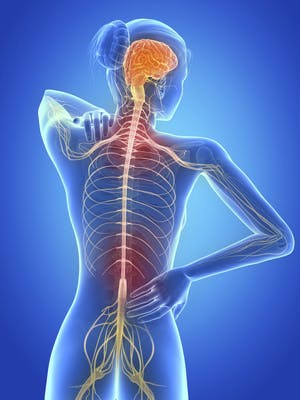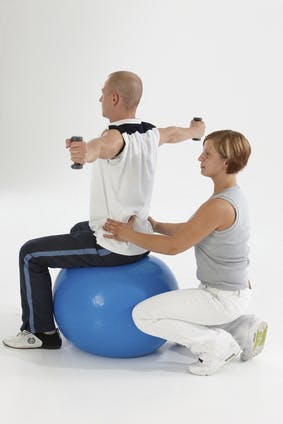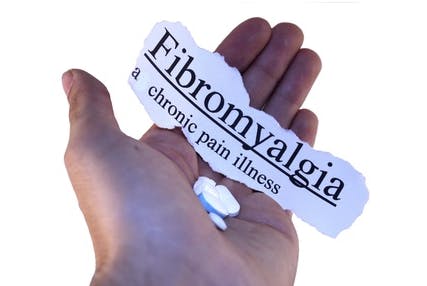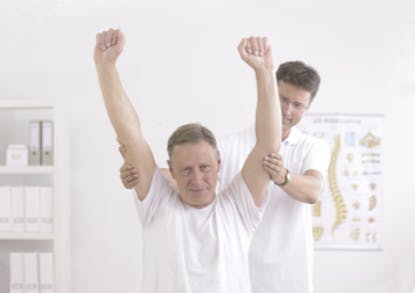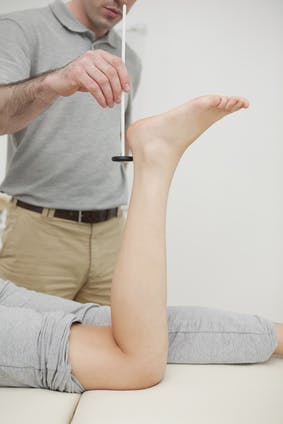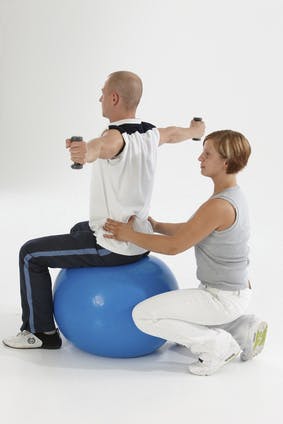Training With Professionals
Parents and caregivers should ensure that children are under the guidance of a coach or athletic trainer to learn the proper techniques and form needed to be safe in the sport or activity in which they're participating. They should have the appropriate safety gear and know how to use it. It's important that the adults in a child's life set a good example by adhering to the same rules.
Physical therapy can help children avoid injuries in the following ways:
- Warm up and stretching exercises
- Prevent overtraining
- Conditioning
- Teaching control
- Improve balance and coordination
- Build strength and endurance
- Appropriate safety equipment
Some activities and sports are extremely dangerous and pose a high-risk of injury, prompting experts to recommend that parents not allow their children to participate in them. They can cause more than pulled muscles and broken bones. They can result in neck and back injuries, along with concussions that can have long-lasting effects. Those activities include football, boxing, driving and riding on motorized "toys," and using trampolines.
Overuse and overtraining injuries are common in children and adolescent whose bones are still growing and developing. Children need at least two days off every week from practicing sports and two to three months away from the sport each year. It's essential to maintain proper hydration to avoid fatigue and muscle cramps.

Avoid Children's Injuries Before They Happen with Physical Therapy
As children develop and explore their environment, they're subject to a wide variety of injuries. Some of those wounds and injuries can be serious and even have life-changing effects. Physical therapy offers the means for parents and caregivers to reduce the risk of injuries before they occur.
Injuries are a part of life as children grow, but appropriate preparation can help minimize those injuries and their severity. The adage "An ounce of prevention is worth a pound of cure" is just as applicable today as it was when the saying was first coined. A screening and evaluation by a skilled physical therapist can identify potential problems before they can result in an injury.
A physical therapy screening will discover any underlying deficits in strength, agility or movement that might prevent a child from fully participating in a great many activities. If a problem is discovered, the physical therapist can provide treatments to remedy and manage the problem in ways that still enables a child to be active.
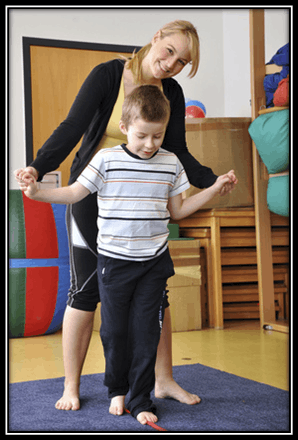
Physical Therapy for a Lifetime of Activity
Your physical therapist can provide a comprehensive exam and evaluation to detect any gait or bone conditions that might contribute to an injury. If a problem is identified, gait training can be initiated to ensure bones are straight and your child moves in safe and appropriate ways.
Children can develop behaviors such as putting too much weight on the sides of their feet that can be corrected with physical therapy. Your physical therapist can provide a wide variety of exercises to build control and core strength that lessens the potential of a risk from fast stops, starts and turns.
A physical conditioning program developed by your physical therapist will factor in your child's age, ability, strengths and weaknesses, any prior injuries, and fitness level. An exercise program will be individualized to improve endurance, balance and coordination that will also help in his/her other activities in everyday life.
Your child will learn warm-up and stretching exercises to limber up before any activity. Your physical therapist can provide nutritional recommendations for health and even clothing and material options that will keep your youngster cool and keep them from overheating.
They key to reducing the risk of injuries is to ensure your child has no physical problems that will hinder their development, anticipating difficulties, and expert instruction and treatment by a physical therapist specializing in pediatrics. Your physical therapist can help establish a culture of safety for your child that will allow them to enjoy a lifetime of physical activities and an active lifestyle.



